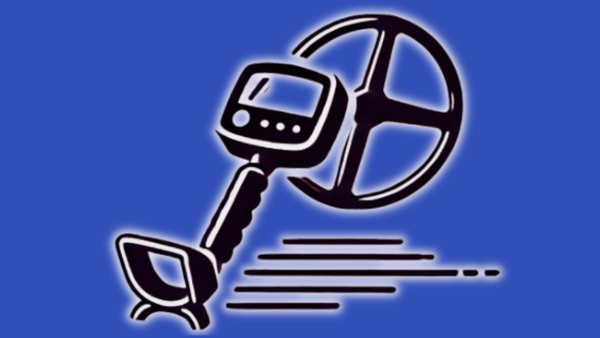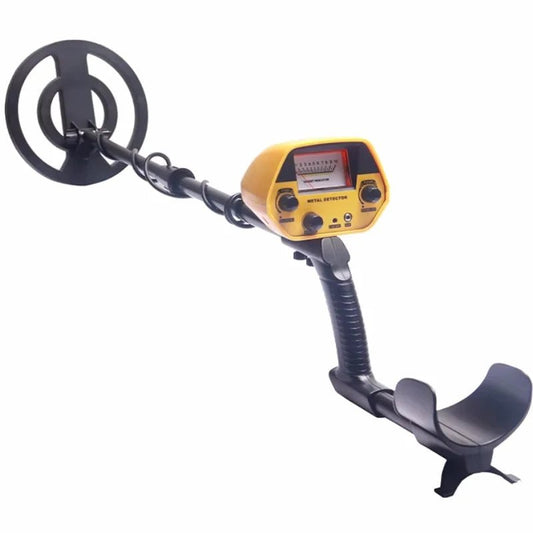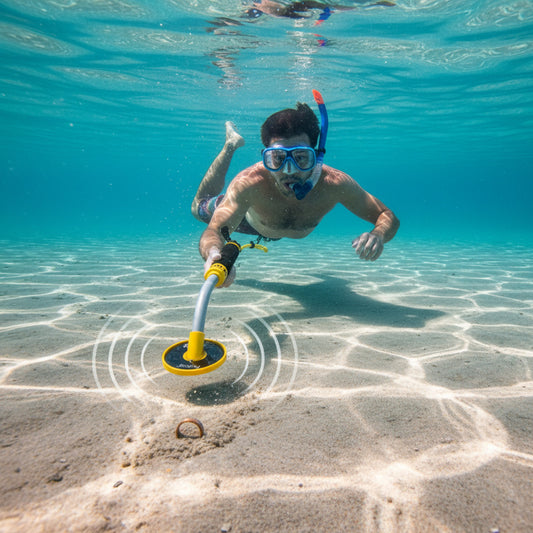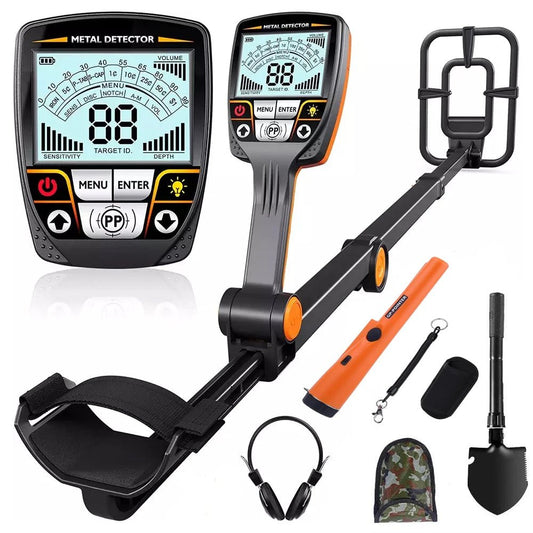
Gold Prospecting in Utah: Montezuma’s Treasure and Caves
Share
Utah’s red rock deserts and rugged canyons have inspired generations of treasure hunters, drawn by legends of lost Aztec gold and the promise of striking it rich.
The story of Montezuma’s Treasure, hidden caves, and the enduring allure of Utah’s goldfields combine history, adventure, and the thrill of the hunt.
Here’s your guide to prospecting for gold in Utah—blending practical tips with the spirit of a true treasure seeker.
The Legend of Montezuma’s Treasure in Utah
Few tales are as captivating as the legend of Montezuma’s Treasure. According to local lore, thousands of Aztecs, fleeing Spanish conquistadors, carried a vast hoard of gold north and hid it in the caves of southern Utah.

The most famous version centers on Kanab, where prospector Freddy Crystal arrived in 1914 with a map he believed pointed to the treasure’s location in the white sandstone cliffs of Johnson Canyon.
Crystal and the townspeople spent years excavating tunnels and exploring chambers marked by petroglyphs and moki steps, convinced they’d found the Aztec’s secret vault. Despite discovering artifacts and elaborate tunnels, no gold was ever found. The Montezuma Mine and its mysterious caves remain a magnet for modern explorers, though the treasure itself continues to elude discovery.
Gold Prospecting in Utah: Laws and Regulations

Gold prospecting is legal and popular in Utah, but it’s important to follow state and federal regulations.
-
Most Bureau of Land Management (BLM) and National Forest lands are open to recreational prospecting, but you must avoid active mining claims and respect private property.
-
Recreational gold panning usually does not require a permit, but dredging or the use of motorized equipment may require authorization. Utah’s Recreational Dredging Program designates specific “open” streams for prospecting—always check current regulations before you go.
-
Always obtain written permission from landowners before prospecting on private land.
-
Prospecting is not allowed in national parks, monuments, or protected archaeological sites.
Where to Find Gold in Utah

Utah’s goldfields are scattered across the state, with both placer and lode deposits:
-
Abajo Mountains: Johnson and Recapture Creeks.
-
Oquirrh Mountains (Bingham Canyon): Once Utah’s largest placer gold site, now mainly open-pit mining.
-
Colorado and Green Rivers: Gold can be found in certain stretches, though many placer sites are now underwater due to Lake Powell.
-
Henry Mountains: Crescent Creek and Straight Creek.
-
La Sal Mountains: Streams and glacial deposits around Miners Basin and Wilson Mesa.
-
San Juan River: From Montezuma Creek west to Lake Powell—this area is steeped in Montezuma’s Treasure legend.
-
Tushar Mountains: Mill Creek and Pine Gulch.
While most of Utah’s placer deposits have been worked for over a century, careful research and persistence can still yield gold flakes and the occasional nugget.
Montezuma’s Caves: The Treasure Hunter’s Experience

The caves near Kanab, especially in Johnson Canyon, are the epicenter of Utah’s Montezuma legend. These caves are accessible to adventurous explorers with basic gear (headlamp, sturdy shoes) and a sense of history.
The main cave system is about 100 feet long and 20 feet deep, with multiple chambers and side passages.
-
No gold has been found, but the caves are rich in history and intrigue.
-
Petroglyphs, sealed tunnels, and artifacts have been discovered, fueling speculation about hidden treasures.
-
The area is managed by the BLM, and while currently open, access can change—always check before visiting.
Safety Note: The caves are horizontal and relatively short, but always bring a buddy, let someone know your plans, and be cautious of unstable ground.
Tips for Gold Prospecting in Utah’s Deserts and Caves

-
Start Early: Utah’s desert heat can be intense—prospect at dawn or dusk.
-
Stay Hydrated: Always carry more water than you think you’ll need.
-
Use the Right Gear: A gold-specific metal detector, sturdy shovel, pinpointer, and sun protection are must-haves.
-
Research Old Claims: Many productive areas are claimed—use BLM maps and join local clubs for guidance.
-
Join a Club: Groups like the Utah Gold Prospectors Association offer claims access, camaraderie, and advice.
-
Respect the Land: Fill your holes, pack out trash, and leave the desert as wild as you found it.
-
Safety First: Prospect with a partner, bring a first aid kit, and watch for wildlife (snakes, scorpions).
Learn all about how to metal detect for gold nuggets.
The Human Side of Utah Gold Prospecting
Ask any Utah prospector, and you’ll hear stories of dusty boots, the thrill of a faint beep in the sand, and the hope that the next pan will reveal a flash of gold. Whether you’re chasing the legend of Montezuma’s Treasure or just enjoying the quiet beauty of a desert wash, the real reward is the adventure itself—the friendships forged, the mysteries explored, and the stories you’ll tell around the campfire.
Conclusion
Gold prospecting in Utah is a blend of history, legend, and hands-on adventure. While the Montezuma treasure remains a tantalizing mystery, Utah’s deserts and rivers still offer golden opportunities for those willing to explore, respect the land, and embrace the journey. So grab your pan, follow the old trails, and let the spirit of the treasure hunter guide your way—fortune, and perhaps a bit of legend, awaits.




